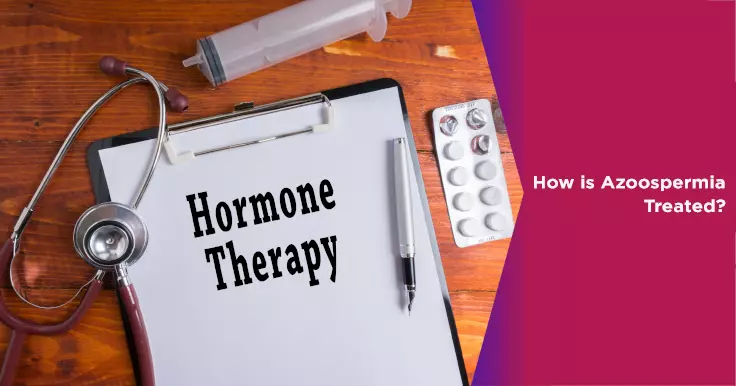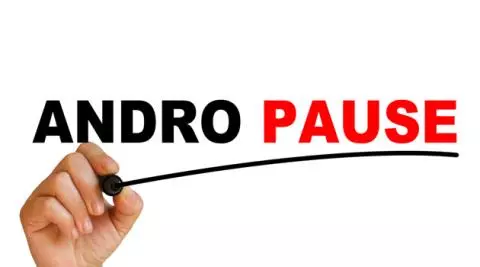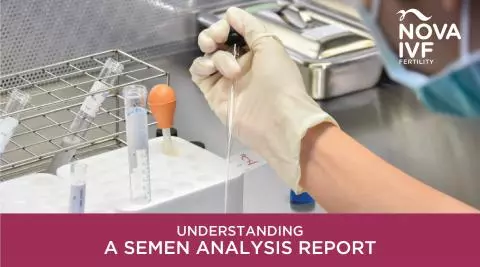Azoospermia Treatment: Addressing Sperm Production Issues

Azoospermia is a condition that causes male infertility. There are no sperm cells in the released semen during ejaculation. 15% of cases of male infertility attribute their main cause to azoospermia. This condition is found in around 1% of men. There are no visible external symptoms and can only be diagnosed through clinical tests.
Causes of Azoospermia
The failure of the testes to produce sperms results in this condition. There are two types of azoospermia, which are obstructive or non-obstructive. They are differentiated based on the reason why sperm production is nil.
Treatments of Azoospermia
Microsurgery- Azoospermia can be obstructive or non-obstructive. In the case of obstructive conditions that prevent the flow of sperm, microsurgery can be performed to restore fertility. The more recent the blockage has formed, the more chances there are for full recovery.
Sperm retrieval- In cases where the nature of the condition is non-obstructive, or in cases where the patient opts out of surgery, sperm retrieval can be performed. This can later be used in IVF to reproduce successfully with the help of assistive reproductive procedures such as ICSI.
Non-obtrusive conditions can be fully treated to allow unassisted conception as well in certain cases. This is achieved through accurate diagnosis, lifestyle change, and proper treatment. If you have undergone severe medical treatments such as chemotherapy, you may simply need to give the reproductive system some time to recover from the impact. Production of healthy sperm requires a minimum of 70 days and hence this gap should be considered.
Hormone treatment - It is one of the ways azoospermia can be treated. Some men affected by azoospermia tend to produce more sperm content in the semen after the increased levels of hormones such as FSH & HCG.
Varicocelectomy- In cases where men tend to have an enlarged varicocele, which can lead to azoospermia or other forms of infertility by impeding the sperm production, a microscopic Varicocelectomy can reverse this process and restore healthy sperm production in some cases.
Vasectomy reversal-Surgical procedures in the past such as vasectomy can also result in azoospermia. In situations where the patient wants to plan a pregnancy, vasectomy reversal can be performed to restore sperm flow into the semen.
Azoospermia can also be a result of genetic causes such as in the case of a person with the Klinefelter's syndrome. Such cases cannot regain fertility but can undergo ICSI after carefully extracting sperm cells from the testicles to cause pregnancy in their partner.
 Infertility Counselling
Infertility Counselling Female Infertility Treatment
Female Infertility Treatment Andrology Treatment
Andrology Treatment Fertility Enhancing Surgeries - Female
Fertility Enhancing Surgeries - Female Fertility Enhancing Surgeries - Male
Fertility Enhancing Surgeries - Male Endoscopy Treatment
Endoscopy Treatment IUI Treatment
IUI Treatment IVF Treatment
IVF Treatment ICSI Treatment
ICSI Treatment Advanced IVF Solutions
Advanced IVF Solutions Embryology
Embryology Vitrification Egg, Embryo, Sperm Freezing
Vitrification Egg, Embryo, Sperm Freezing Preimplantation Genetic Testing (PGT)
Preimplantation Genetic Testing (PGT) Donation Program Embryo / Egg / Sperm
Donation Program Embryo / Egg / Sperm Self-cycleTM IVF
Self-cycleTM IVF

 Self-cycleTM IVF
Self-cycleTM IVF










